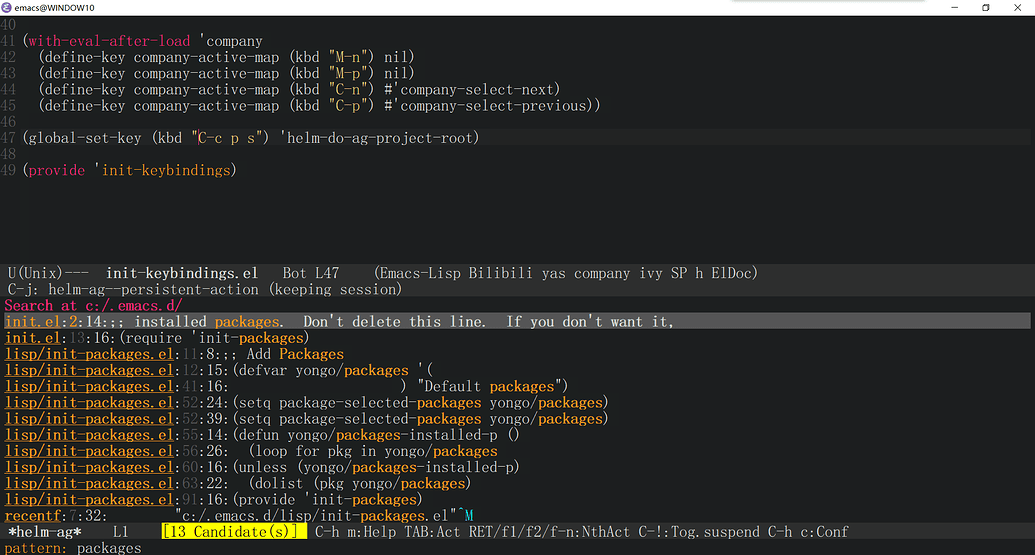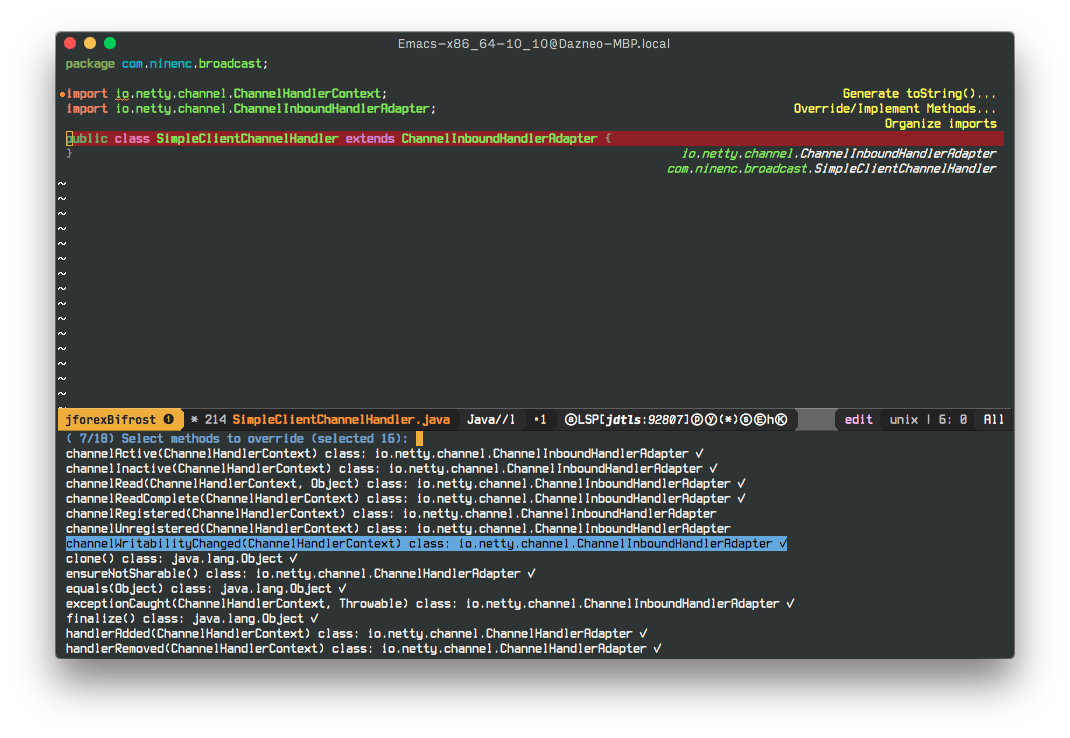

By controlling completion-read-function you decide what completion interface you want.

In turn, the variable completing-read-function determines what backend to use for completion. <-what do I put here?Īs wrote, append-to-file uses Emacs' default completion facilities, which means calling the function completion-read. How can I put this result into :sources below and have the appropriate buffers come up? (defun helm-append-to-file (start end) In particular, I'm interested in the list of files brought up by the shell command find -L /path/to/files -wholename */capture.md). Motivation: The reason why I'm curious about this is that I'm ultimately wanting to call a different interactive file-finding function (one other than helm-find-files) with this function (for example I'd like it to invoke helm-projectile-find-file which is slightly different).ĮDIT: Using bmag's answer, I have a partial solution that doesn't use helm-projectile-find-file but instead uses the shell find command to get a list of files I'm interested in. Question: How does this emacs function - which was presumably written years before helm ever was - know to call helm-find-files when prompting the user for an input file in the minibuffer? When this stock function is called via M x append-to-file, an interactive prompt comes up that seems to use helm-find-files to help the user find a file to input into this stock function.

When called from a function, expects three arguments, "Append the contents of the region to the end of file FILENAME. There is a stock emacs function called append-to-file that is defined as follows (in files.el): (defun append-to-file (start end filename)


 0 kommentar(er)
0 kommentar(er)
